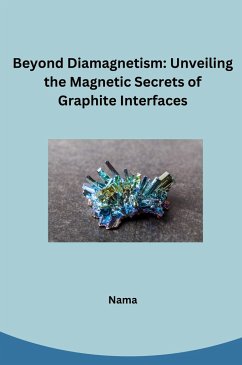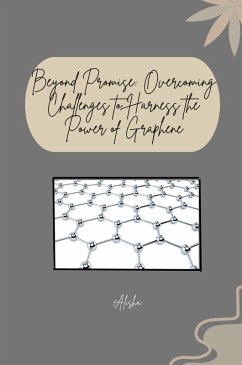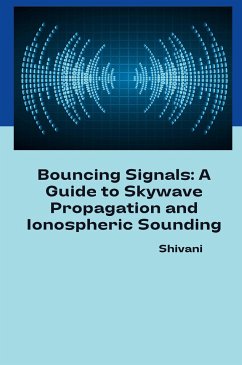
Bridging the Gap: Local Models and Efficient Braiding for Fractional Quantum Hall on Lattices
Versandkostenfrei!
Versandfertig in 6-10 Tagen
28,69 €
inkl. MwSt.

PAYBACK Punkte
0 °P sammeln!
Low dimensional, interacting quantum many-body systems host a wealth of interesting phenomena ranging from quantum phase transitions at zero temperature to topological order. The physics of such systems are often described by their ground states that are special and occupy a rather tiny fraction of the Hilbert space. These small set of low energy states have little entanglement compared to the states that live in the middle of the spectrum. In this context, the most sought after are the topologically ordered systems which are characterized by ground states with specific degeneracy on a manifol...
Low dimensional, interacting quantum many-body systems host a wealth of interesting phenomena ranging from quantum phase transitions at zero temperature to topological order. The physics of such systems are often described by their ground states that are special and occupy a rather tiny fraction of the Hilbert space. These small set of low energy states have little entanglement compared to the states that live in the middle of the spectrum. In this context, the most sought after are the topologically ordered systems which are characterized by ground states with specific degeneracy on a manifold, long range entanglement and excitations that obey fractional statistics known as anyons [1]. The classic example is the fractional quantum Hall (FQH) effect, which is a phase induced when a 2D gas of interacting electrons is subject to large magnetic fields [2, 3].Interestingly, there have been multiple proposals to realize fractional quantum Hall physics on lattices which have several advantages over conventional solid state systems. One of the main goals of studying FQH on lattice is also to explore methods to realize anyons and to successfully braid them. In this direction, conformal field theory (CFT) has been a very useful tool to construct analytical states on lattice that describe FQH phases [4, 5] and even anyons [6] on quite large systems. Parent Hamiltonians for these analytical states have been constructed that are few body but non-local [5]. lattice, the finite size issues and effects due to the presence of edges. Hence, braiding anyons efficiently on modest lattices with open boundaries is also lacking.














